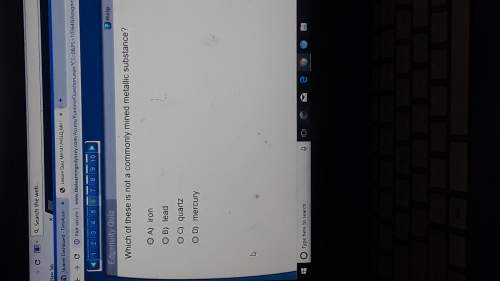
Chemistry, 05.05.2020 19:45 annamariaafowyhrq
. How many stereoisomers are formed in this Diels-Alder reaction ? Explain why. 2. Identify the Diene and the dienophile in the reaction. 3. The MW of the expected product is 319.4 g/mol. However, the mass spectrometry analysis produces a peak at 320.4 g/mol. Explain why the MS analysis differs in 1 amu as compared to the product formed. 4. Give two significant signals that you would expect to see in the IR spectra of the final product. 5. Why is this procedure considered a green chemistry reaction ? 6. From the given 1H-NMR spectra, provide an explanation for the multiplicity and chemical shift of the following signals: a) CH3 20 (blue in the spectra, singlet, d=2.5 ppm) b) CH 16 (blue in the spectra, doublet, d=4.75 ppm) c) CH 15 (yellow in the spectra, doublet, d=5.1ppm)

Answers: 2


Other questions on the subject: Chemistry


Chemistry, 22.06.2019 09:00, heids17043
Chen drew a diagram to compare the ways in which different organisms obtain nitrogen. which label belongs to the area marked z?
Answers: 3

Chemistry, 22.06.2019 15:00, alanmarcus22
What does the symbol (–hfus) indicate in a phase change?
Answers: 1

Chemistry, 22.06.2019 17:30, shookiegriffin
I'm learning about the periodic tables and what each subject's configuration is. for example, hydrogen is 1s^1, but i don't understand how you get that. can someone me understand how to figure out how to figure this out? sorry if the question makes no sense, but it would really a lot if you could me understand! you so much if you can!
Answers: 1
You know the right answer?
. How many stereoisomers are formed in this Diels-Alder reaction ? Explain why. 2. Identify the Dien...
Questions in other subjects:














